Home>Garden Essentials>How Long Does It Take For Wildflower Seeds To Grow
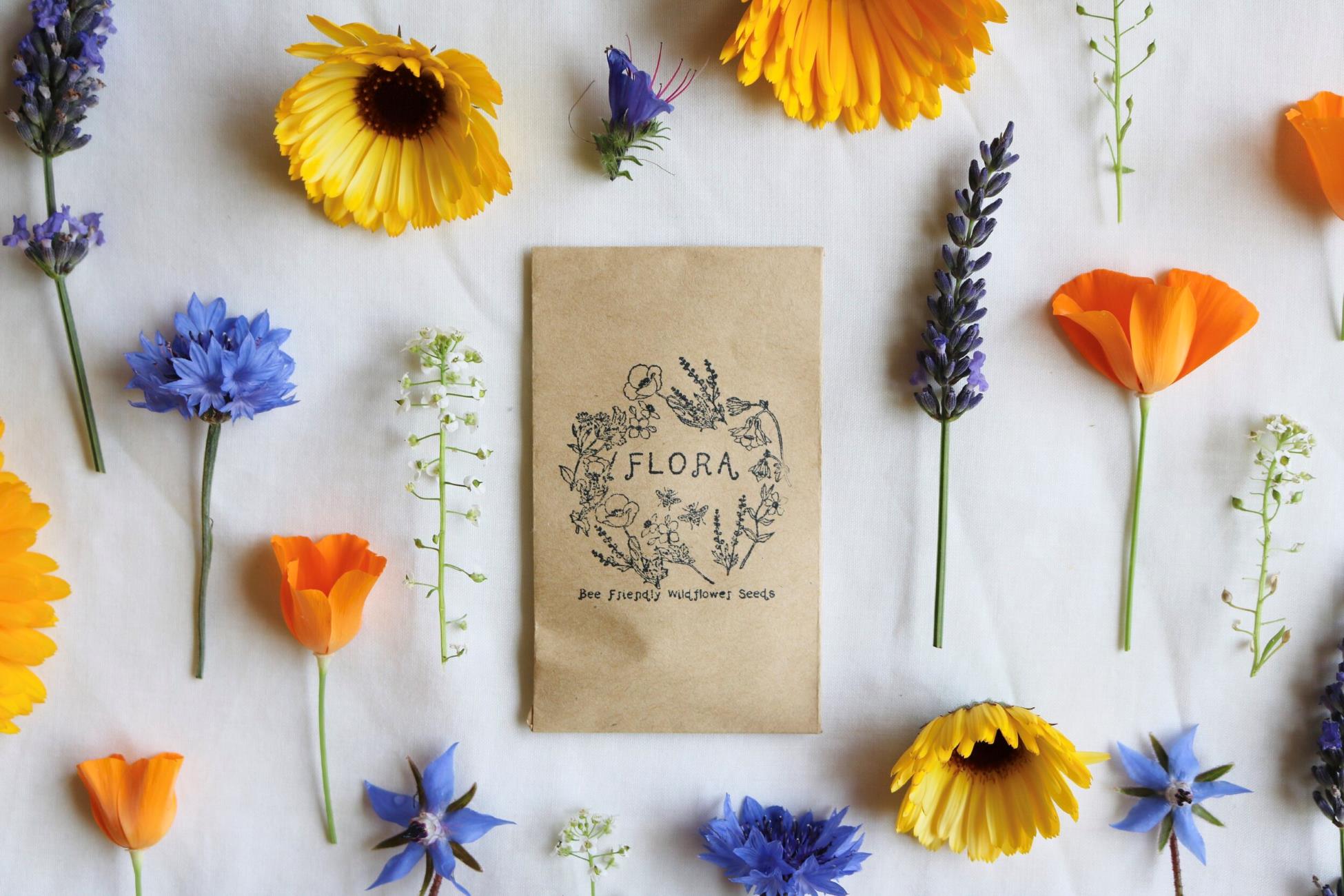

Garden Essentials
How Long Does It Take For Wildflower Seeds To Grow
Modified: October 20, 2024
"Discover the average duration it takes for garden wildflower seeds to grow into beautiful, vibrant blooms. Transform your garden with our expert gardening tips."
(Many of the links in this article redirect to a specific reviewed product. Your purchase of these products through affiliate links helps to generate commission for Storables.com, at no extra cost. Learn more)
Introduction
Welcome to the wonderful world of wildflowers! If you’re thinking about adding a touch of natural beauty to your garden or open space, wildflower seeds are an excellent choice. Not only do they bring vibrant colors and delightful scents, but they also provide vital habitats for pollinators like bees and butterflies.
But how long does it take for wildflower seeds to grow? The answer varies depending on several factors, including the type of wildflower seeds, growing conditions, and individual seed viability. In this article, we will explore the germination time of common wildflower seeds, the ideal conditions for their growth, and provide helpful tips and tricks for successful seed germination.
Before we delve into the specifics, it’s important to note that wildflowers require patience and a bit of TLC. Unlike many other plants, they follow their own timeline and may take a bit longer to sprout. However, with the right approach and understanding, you can enjoy the rewarding experience of watching your wildflower seeds flourish.
So, let’s dig in and uncover the fascinating world of wildflower seed germination!
Key Takeaways:
- Wildflower seeds require patience and specific conditions to grow. Factors like seed quality, temperature, moisture, light, and scarification influence germination. Understanding these factors is key to successful wildflower gardening.
- Planting wildflower seeds involves soil preparation, sunlight, moisture, and temperature considerations. Monitoring growth, avoiding common mistakes, and embracing patience are essential for a vibrant and flourishing wildflower garden.
Read more: How Long Does It Take Seeds To Grow
Factors Affecting the Germination of Wildflower Seeds
Several factors come into play when it comes to the germination of wildflower seeds. Understanding these factors can help you optimize the conditions for successful seed germination:
- Seed Quality: The quality of the wildflower seeds you use is crucial. Fresh, high-quality seeds will have a higher germination rate compared to old or low-quality seeds. It’s essential to source your seeds from reputable suppliers to ensure their viability.
- Temperature: Wildflower seeds have specific temperature requirements for germination. Some seeds thrive in cooler temperatures, while others prefer warmth. As a general rule of thumb, most wildflower seeds germinate best when the soil temperature is between 60°F and 75°F (15°C and 24°C).
- Moisture: Adequate moisture is essential for seed germination. However, excessive moisture can lead to rot and fungal diseases. Finding the right balance is key. Water your seeds gently to keep the soil consistently moist but not waterlogged.
- Light: Light requirements vary among different wildflower species. Some seeds require exposure to light to germinate, while others need darkness. It’s crucial to read the seed packet instructions or do some research on the specific light requirements for the wildflowers you are planting.
- Scarification: Some wildflower seeds have hard outer coats that need scarification (abrasion) to break the dormancy and allow water to penetrate. Scarification can be done through manual methods like rubbing the seeds on sandpaper or soaking them in warm water overnight.
These factors interact with each other, influencing the germination process. For example, temperature affects the rate at which moisture is absorbed by the seeds, which in turn affects the rate of germination. Understanding and providing the optimal conditions for these factors will increase the chances of successful wildflower seed germination.
Now that we’ve explored the factors affecting wildflower seed germination let’s move on to discuss the germination time of some common wildflower seeds.
Germination Time of Common Wildflower Seeds
When it comes to germination, different types of wildflower seeds have varying timelines. Some seeds may sprout relatively quickly, while others may take longer. Here are the average germination times for some common wildflower seeds:
- Lupine Seeds: Lupine seeds typically take around 14 to 21 days to germinate. They prefer cool temperatures and well-drained soil.
- Poppy Seeds: Poppy seeds usually germinate within 7 to 14 days. They thrive in sunny locations with well-drained soil.
- Black-Eyed Susan Seeds: Black-Eyed Susan seeds typically take 10 to 20 days to germinate. They prefer full sun and moist, well-drained soil.
- Zinnia Seeds: Zinnia seeds germinate relatively quickly, usually within 5 to 10 days. They require full sun and well-drained soil.
- California Poppy Seeds: California Poppy seeds can take anywhere from 10 to 20 days to germinate. They prefer sunny locations and well-drained soil.
It’s important to keep in mind that these times are just averages, and the actual germination period may vary depending on the specific conditions in which you are growing your wildflowers. Patience is key, as some seeds may take longer or require specific conditions to break dormancy and sprout.
Now that we have an idea about the typical germination times, let’s explore the ideal conditions for wildflower seed germination.
Ideal Conditions for Wildflower Seed Germination
Creating the right environment for wildflower seed germination is crucial to ensure successful growth. Here are some key factors to consider when providing ideal conditions:
- Soil Preparation: Before planting your wildflower seeds, prepare the soil properly. Clear any debris, weeds, or rocks from the area. Loosen the soil to a depth of about 4 to 6 inches (10 to 15 cm) to provide a loose and well-draining medium for the seeds.
- Sunlight: Most wildflowers require ample sunlight for optimal growth. Choose a location that receives at least 6 hours of direct sunlight per day. If you have shade-loving wildflowers, make sure to select a suitable spot with partial shade.
- Moisture: While wildflowers generally prefer well-drained soil, they still need consistent moisture during the germination process. Water the seeds gently and keep the soil consistently moist until they sprout. Be careful not to overwater, as this can lead to rot or fungal diseases.
- Temperature: Maintaining the right temperature range is crucial for wildflower seed germination. As mentioned earlier, most seeds germinate best when the soil temperature is between 60°F and 75°F (15°C and 24°C). Consider using a soil thermometer to monitor the temperature.
- Protection from Pests: Young seedlings are vulnerable to pests like birds, slugs, and snails. Use protective measures like netting or barriers to shield the area until the seedlings establish themselves.
By providing the ideal conditions of well-prepared soil, proper sunlight, moisture, and temperature, you give your wildflower seeds the best chance at germination and successful growth. Remember that each wildflower species may have slight variations in their preferred conditions, so it’s essential to research the specific needs of the wildflowers you are planting.
Now that we know the ideal conditions for wildflower seed germination, let’s move on to how to plant wildflower seeds effectively.
How to Plant Wildflower Seeds
Planting wildflower seeds is a simple and rewarding process. Here’s a step-by-step guide to help you effectively plant your wildflower seeds:
- Choose the Right Time: The timing of seed planting is crucial. In general, late fall or early spring is the best time to sow wildflower seeds. These seasons provide optimal conditions for seed germination and establishment.
- Prepare the Soil: Prepare the soil by removing any weeds, rocks, or debris. Loosen the top layer of soil to a depth of about 4 to 6 inches (10 to 15 cm) to create a loose and well-draining environment for the seeds.
- Seed Distribution: Scatter the wildflower seeds evenly over the prepared soil. You can sprinkle them by hand or use a seed spreader for larger areas.
- Lightly Rake or Tamp the Seeds: After distributing the seeds, gently rake the soil or lightly tamp it down to ensure good soil-to-seed contact. This helps the seeds settle into the soil and promotes better germination.
- Water the Seeds: After planting, water the area gently to settle the seeds and provide initial moisture. Use a fine mist or a gentle sprinkler to avoid displacing the seeds or creating puddles.
- Mulch (Optional): If desired, you can apply a thin layer of organic mulch, like straw or wood chips, over the seeded area. Mulch helps retain moisture, prevent weed growth, and protects the seeds from extreme temperatures.
Remember to follow the specific sowing instructions provided on the seed packet, as different wildflower species may have specific planting requirements.
Once you’ve completed the planting process, continue to monitor the area regularly. Keep the soil consistently moist, but be careful not to overwater. Be patient as you wait for the seeds to germinate and start their journey towards becoming vibrant wildflowers.
Now that you know how to plant wildflower seeds, let’s explore some additional germination tips and tricks to enhance your success rate.
Wildflower seeds can take anywhere from 1-3 weeks to germinate, and then another 6-8 weeks to grow into mature plants. Make sure to provide them with plenty of sunlight, water, and well-drained soil for best results.
Germination Tips and Tricks
Maximizing the germination rate of your wildflower seeds requires attention to detail and a few helpful tips and tricks. Here are some key strategies to enhance your success:
- Read the Instructions: Carefully read the sowing instructions provided on the seed packet or do some research on the specific requirements of the wildflower species you are planting. Understanding their specific needs regarding light, moisture, and temperature will help you create the ideal conditions for germination.
- Pre-soaking Seeds: Some wildflower seeds benefit from pre-soaking before planting. This can help soften the seed coat and speed up germination. However, not all seeds require this step, so be sure to check the recommended treatment for the specific seeds.
- Cold Stratification: Some wildflower seeds, especially those originating from cold climates, require a period of cold stratification to break dormancy. This can be achieved by placing the seeds in a damp paper towel or sealed container in the refrigerator for a few weeks prior to planting.
- Use Seed Starting Mix: For better results, consider using a seed starting mix instead of regular garden soil. These mixes are lighter and provide better drainage, allowing the seeds to germinate more effectively.
- Keep Moisture Consistent: It’s important to keep the soil consistently moist during the germination period. Use a fine mist or a gentle sprinkler to water the seeds, and monitor the moisture level regularly. Avoid letting the soil dry out completely or becoming too saturated.
- Thin Out Seedlings: Once the seedlings start to emerge, it is often necessary to thin them out. Overcrowding can lead to stunted growth and competition for resources. Follow the recommended spacing guidelines for the specific wildflower species.
Implementing these tips and tricks will increase the chances of successful wildflower seed germination. However, remember that each species may have unique requirements, so be sure to research and adapt accordingly.
Now that we have covered the germination tips and tricks, let’s move on to discussing how to monitor the growth of your wildflower seeds.
Monitoring the Growth of Wildflower Seeds
Monitoring the growth of your wildflower seeds is an exciting and rewarding part of the gardening process. Here are some key steps to effectively monitor the growth and development of your wildflower seeds:
- Observe Germination Progress: After planting your wildflower seeds, be patient and observe for signs of germination. Depending on the species, you may start to see small sprouts emerging from the soil within a few days to a few weeks. Keep a record of when each species began to germinate.
- Document Growth Patterns: As your wildflower seedlings grow, take note of their growth patterns. Look for changes in height, leaf formation, and the appearance of buds. Record any noticeable differences among different species.
- Maintain Regular Watering: Continue to provide adequate moisture as the seedlings grow. Regular watering will ensure their healthy development. Monitor the soil moisture and adjust your watering schedule accordingly.
- Watch Out for Pests and Diseases: Keep an eye out for any signs of pests or diseases that may affect your wildflower seedlings. Look for chewed leaves, wilting, discoloration, or any other abnormal signs. Take appropriate action to prevent further damage.
- Record Growth Milestones: Make a note of significant growth milestones, such as the appearance of buds, the first blooming flower, or the maturation of seeds. This will allow you to track the progress of your wildflowers over time and observe their life cycles.
- Take Photos: Capture the beauty of your growing wildflowers by taking regular photos. This will not only serve as documentation but also allow you to appreciate and share the stunning transformation of your garden.
Regular monitoring and documentation of growth will help you understand the unique characteristics and needs of each wildflower species. It will also provide valuable insights for future planting and maintenance.
Remember that wildflowers may have different growth rates and flowering periods, so be patient and enjoy the ever-changing beauty of your garden. With proper monitoring and care, your wildflower seeds will transform into a vibrant and flourishing display.
Now that we’ve covered monitoring the growth of wildflower seeds, let’s discuss some common mistakes to avoid during the germination process.
Common Mistakes to Avoid
Diving into the world of wildflower seed germination can be an exciting endeavor, but it’s important to be aware of common mistakes that can hinder the success of your efforts. Here are some common pitfalls to avoid:
- Overwatering: While consistent moisture is essential for germination, overwatering can cause the seeds to rot or develop fungal diseases. Be cautious with watering, ensuring the soil is moist but not waterlogged.
- Planting at the Wrong Time: Timing plays a crucial role in wildflower seed germination. Avoid planting seeds too early or too late in the season, as this can prevent optimal growth. Research the recommended planting times for the specific wildflower species you are planting.
- Not Providing Enough Light: Adequate light is essential for the successful germination of wildflower seeds. Ensure that the planting area receives the required amount of sunlight or shade, depending on the species’ light requirements.
- Inadequate Soil Preparation: Proper soil preparation is vital for the health and growth of your wildflower seeds. Clearing debris, loosening the soil, and removing weeds before planting will create a favorable environment for germination.
- Ignoring Seed Packet Instructions: Each wildflower species has specific needs and planting instructions. Ignoring or disregarding these instructions can negatively impact seed germination. Take the time to read and follow the guidelines provided on the seed packet to maximize success.
- Planting Seeds Too Deep: Planting seeds too deep can prevent them from germinating. Follow the recommended planting depth for each type of wildflower seed, as specified on the seed packet or through research.
- Skipping Seed Stratification: Some wildflower seeds require a period of cold stratification or other treatments to break dormancy and stimulate germination. Neglecting this step can result in delayed or failed germination. Pay attention to the specific requirements of the wildflower seeds you are planting.
Avoiding these common mistakes will increase the likelihood of successful wildflower seed germination. By providing the right conditions, attention to detail, and following recommended guidelines, you’ll create an environment that fosters healthy growth and vibrant blooms.
Now that we’ve covered the mistakes to avoid, let’s wrap up this article.
Conclusion
Wildflower seeds have the incredible ability to transform your garden or open space into a colorful and vibrant oasis. By understanding the factors that affect the germination of wildflower seeds, you can create the ideal conditions for successful growth. From temperature and moisture to light requirements and seed quality, each factor plays a crucial role in the germination process.
When planting wildflower seeds, it’s important to follow proper techniques and provide the ideal conditions. Preparing the soil, choosing the right time for planting, and ensuring consistent moisture are all essential steps. Additionally, monitoring the growth of your wildflower seeds, documenting milestones, and taking photographs will allow you to witness their blooming journey.
By avoiding common mistakes like overwatering, planting at the wrong time, and neglecting seed packet instructions, you can optimize the chances of successful seed germination. Patience and careful observation are key throughout the process, as wildflowers follow their own timeline and each species may have specific growth patterns and requirements.
So, whether you’re creating a wildflower meadow, adding pops of color to your garden, or attracting pollinators, wildflower seeds are a fantastic choice. Embrace the beauty of nature and enjoy the rewards of a flourishing and vibrant wildflower garden.
Happy planting!
Frequently Asked Questions about How Long Does It Take For Wildflower Seeds To Grow
Was this page helpful?
At Storables.com, we guarantee accurate and reliable information. Our content, validated by Expert Board Contributors, is crafted following stringent Editorial Policies. We're committed to providing you with well-researched, expert-backed insights for all your informational needs.
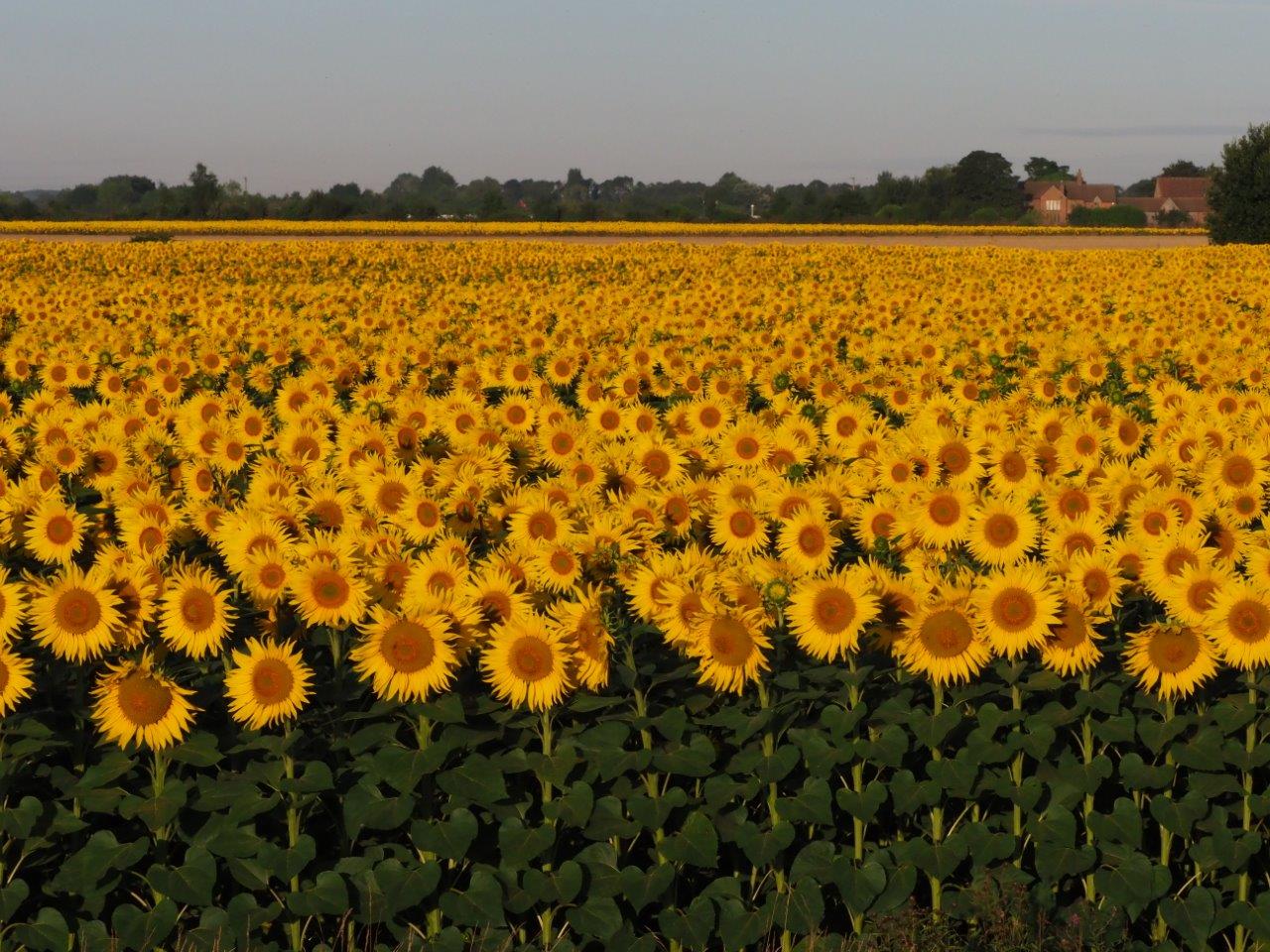
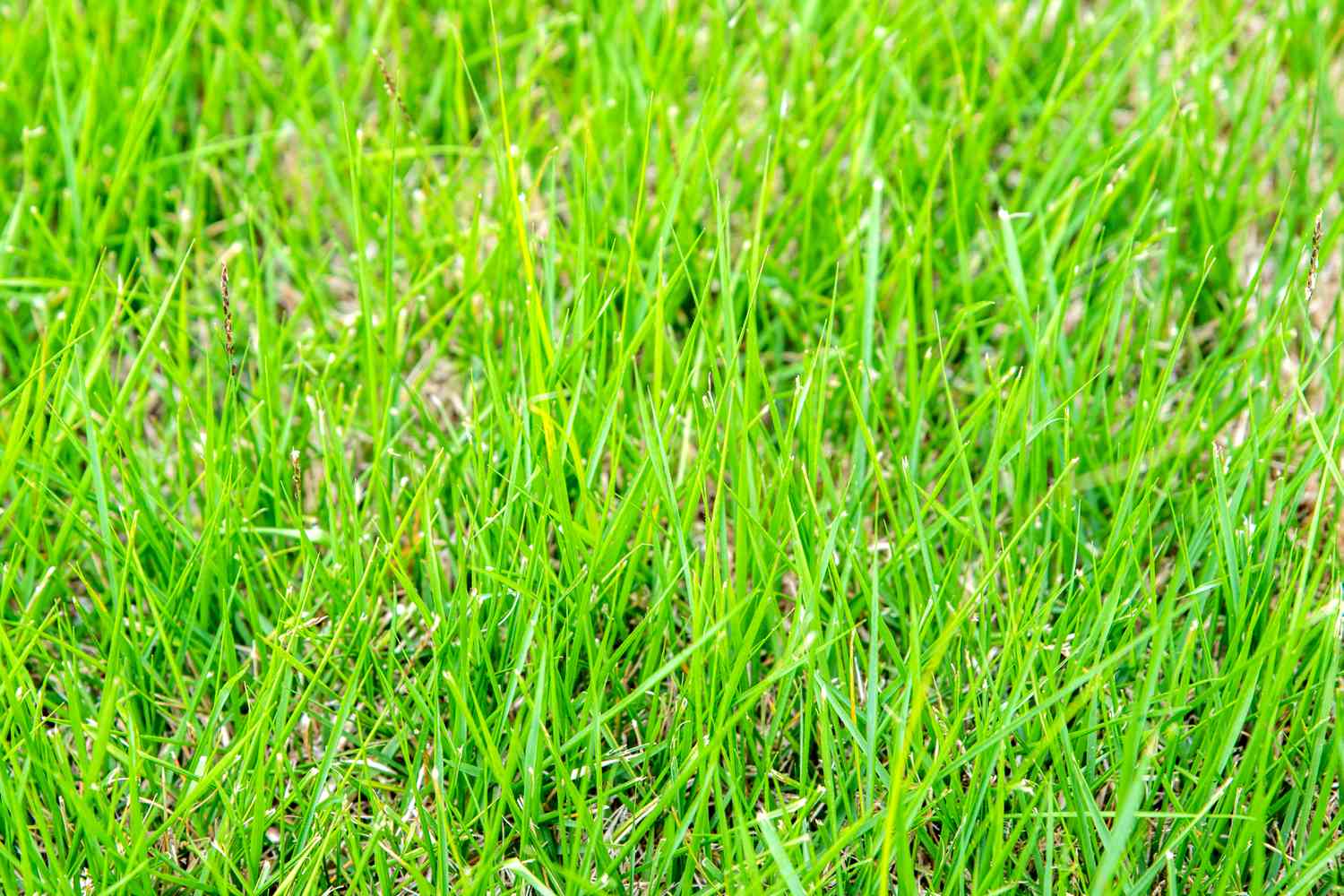
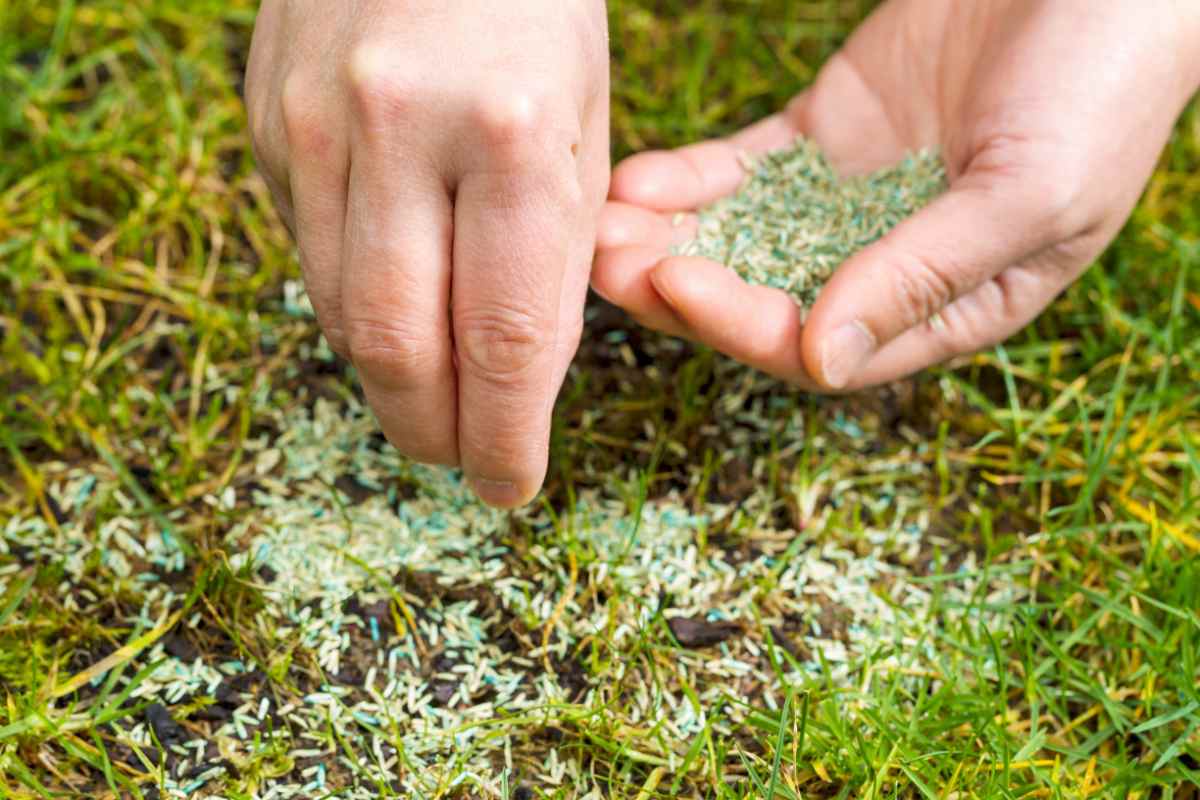
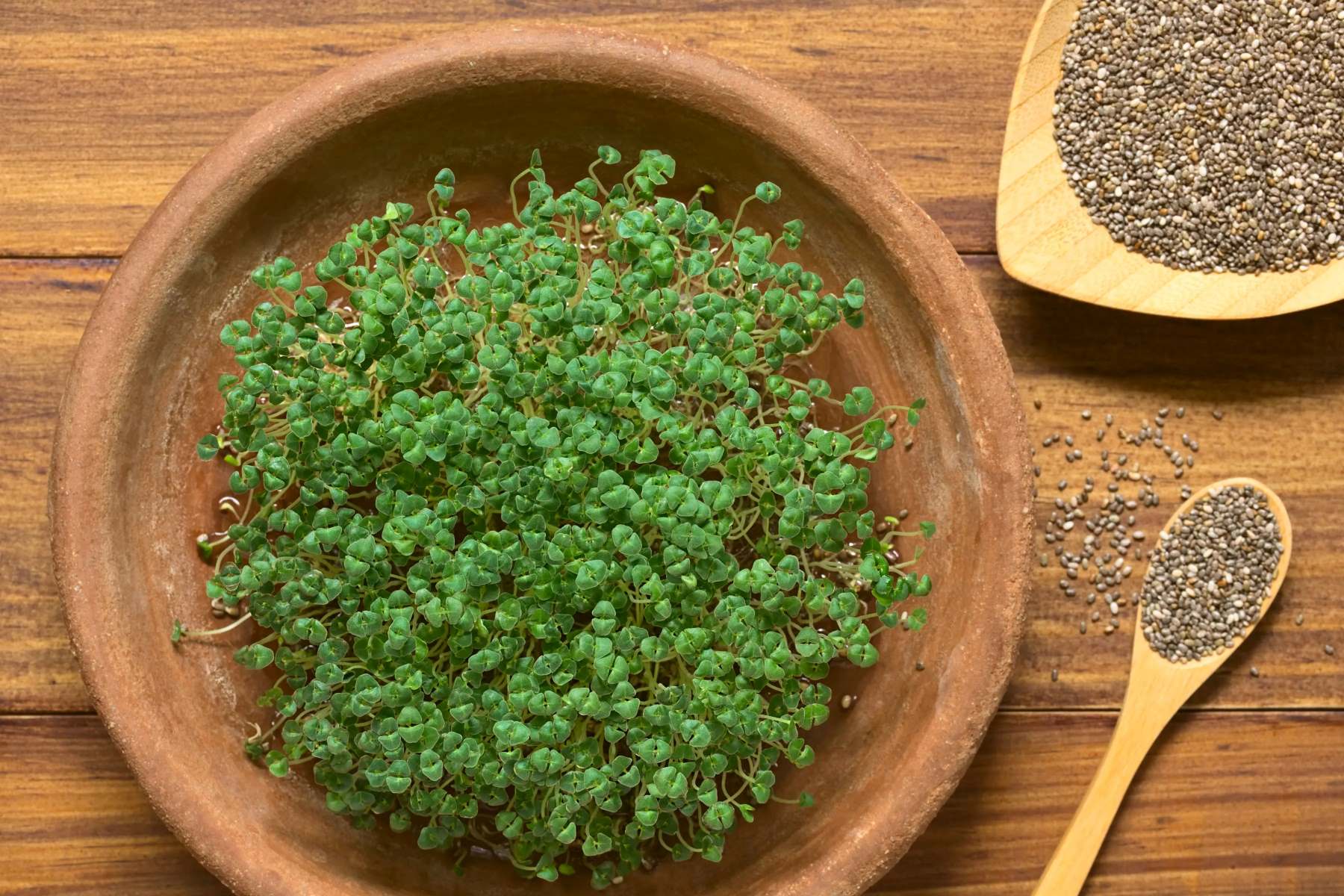
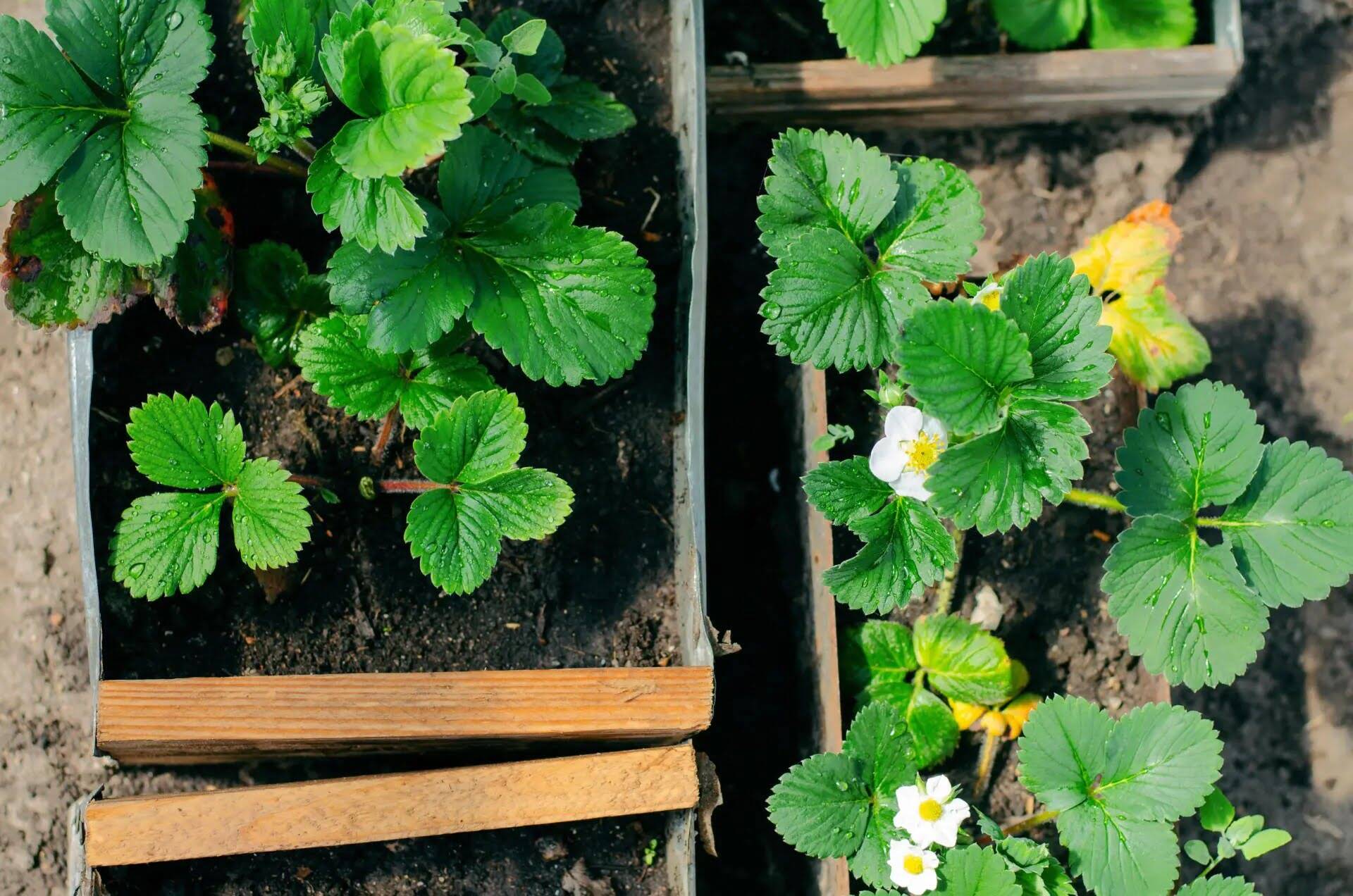
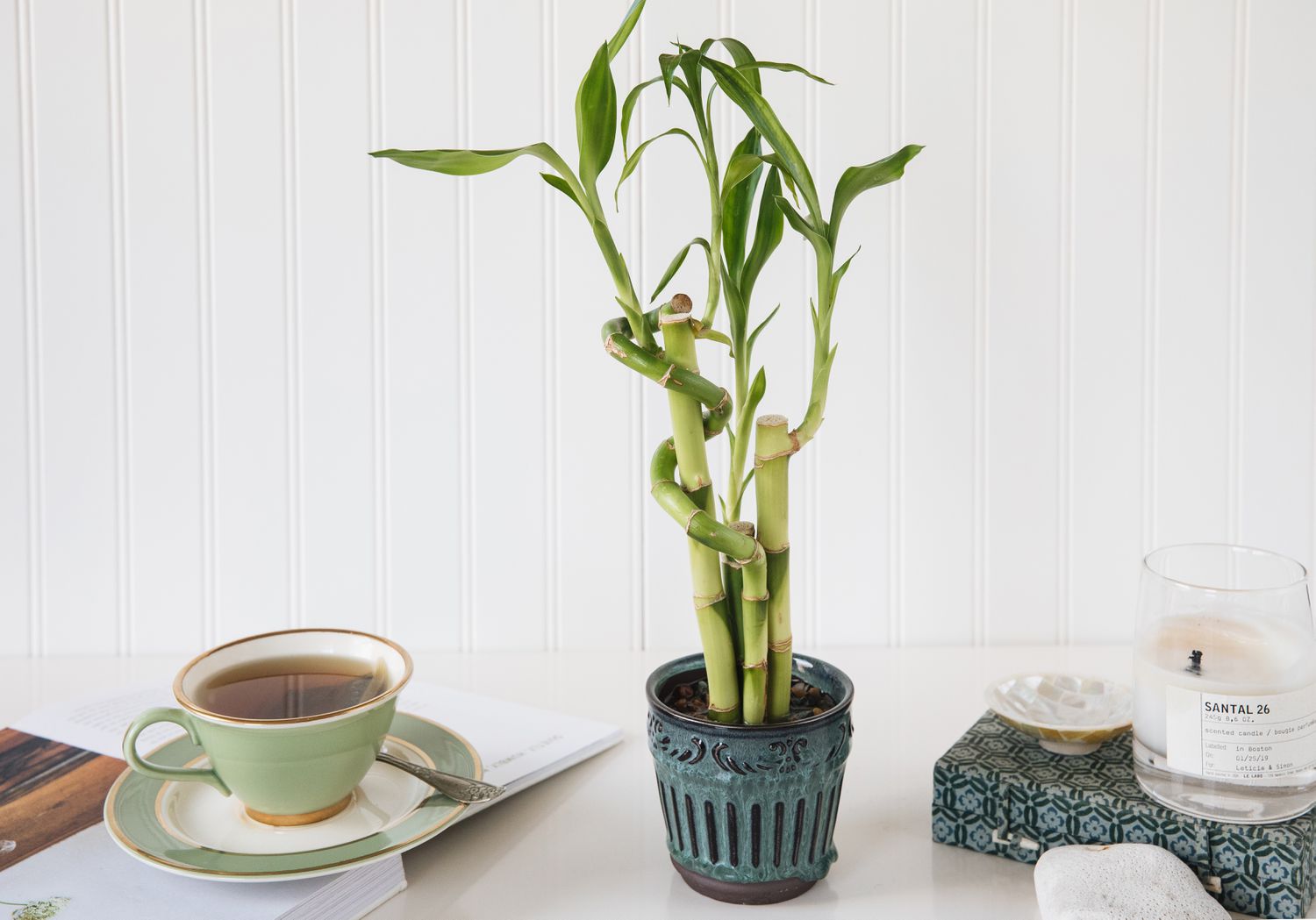
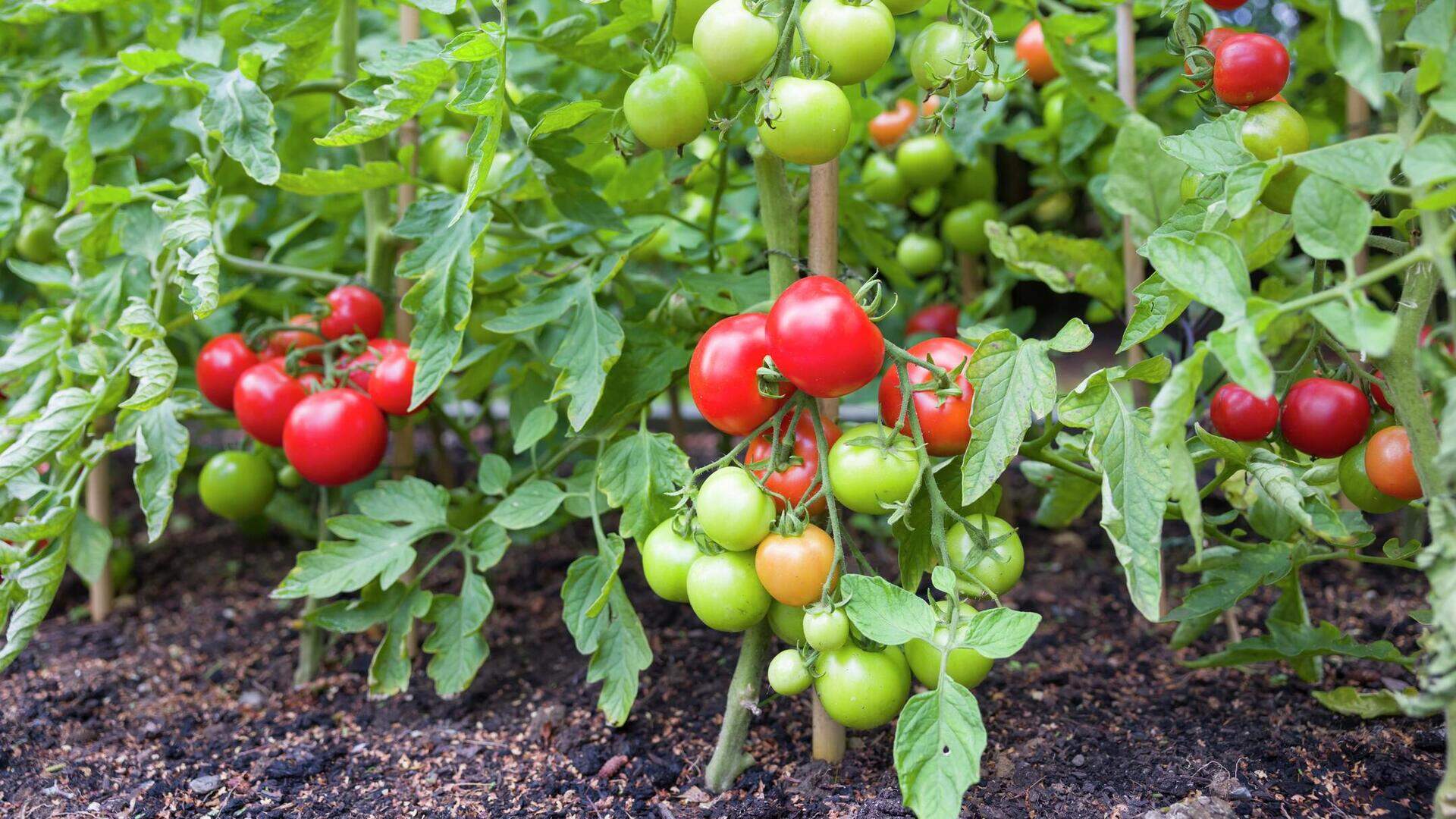
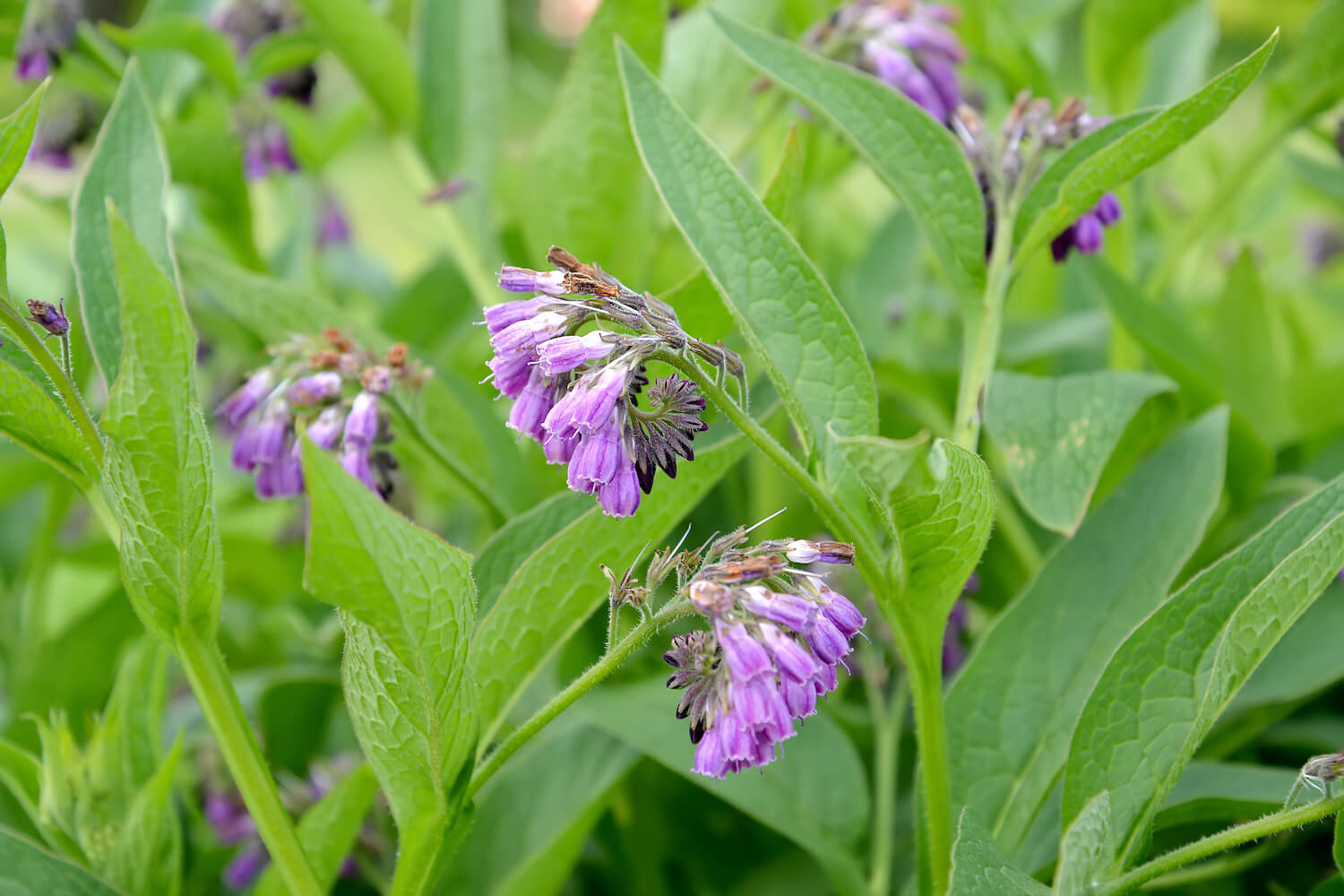
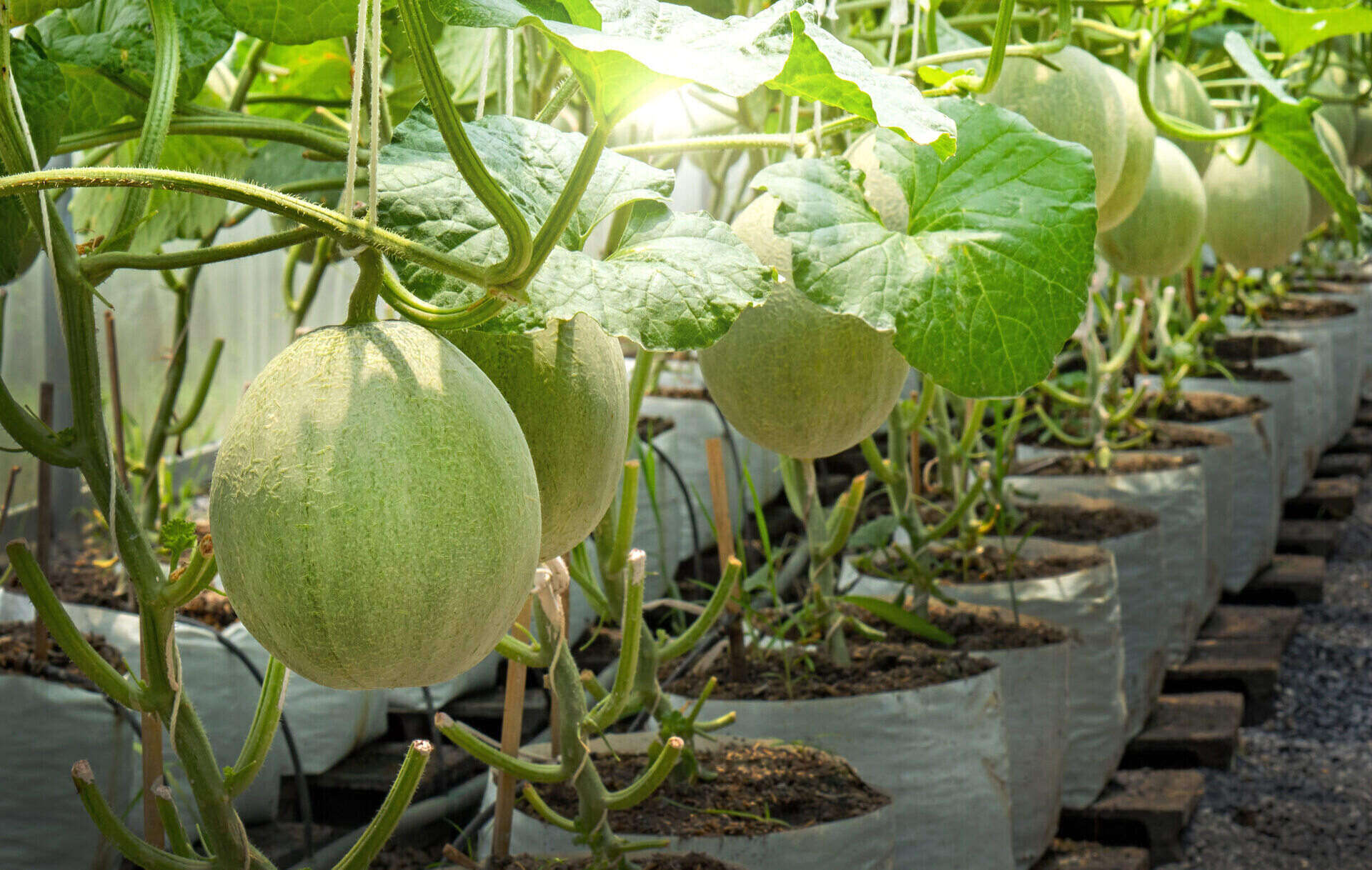
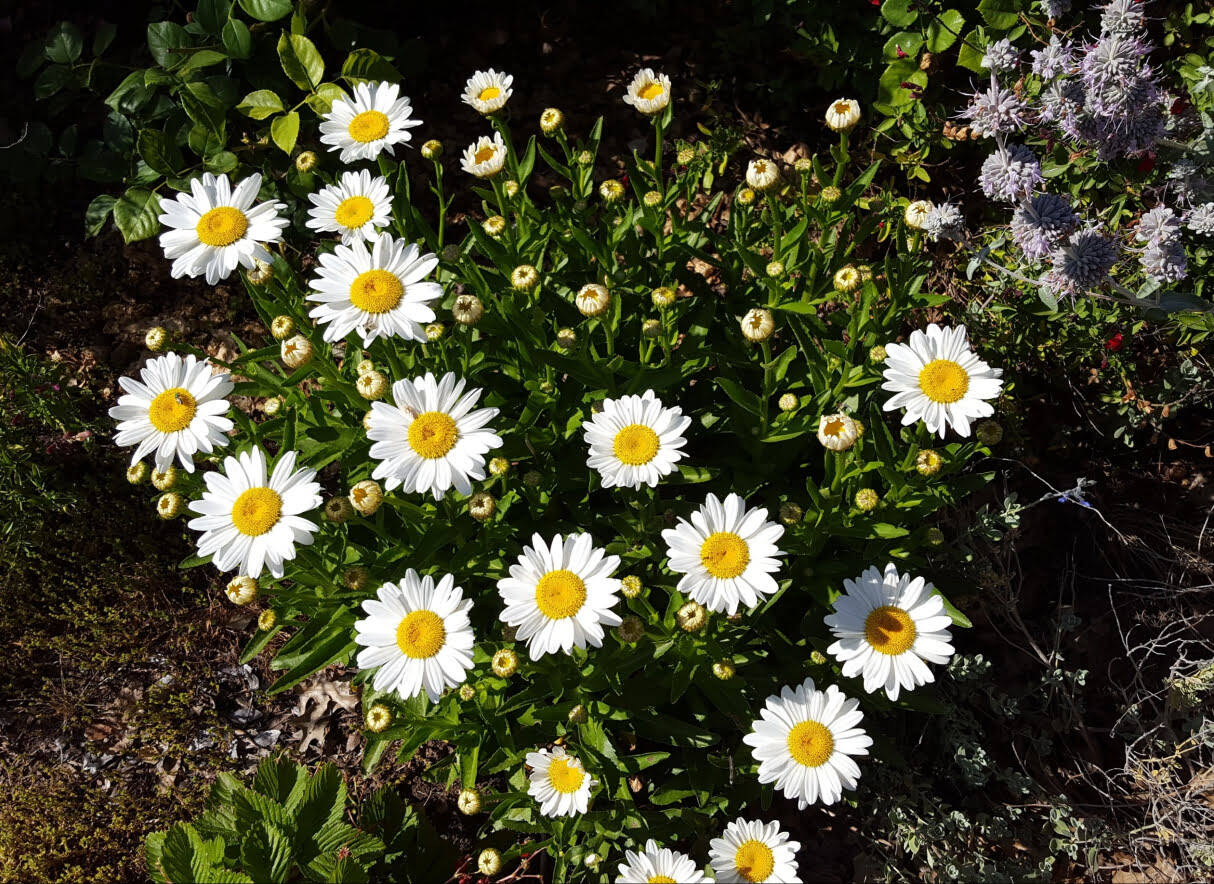
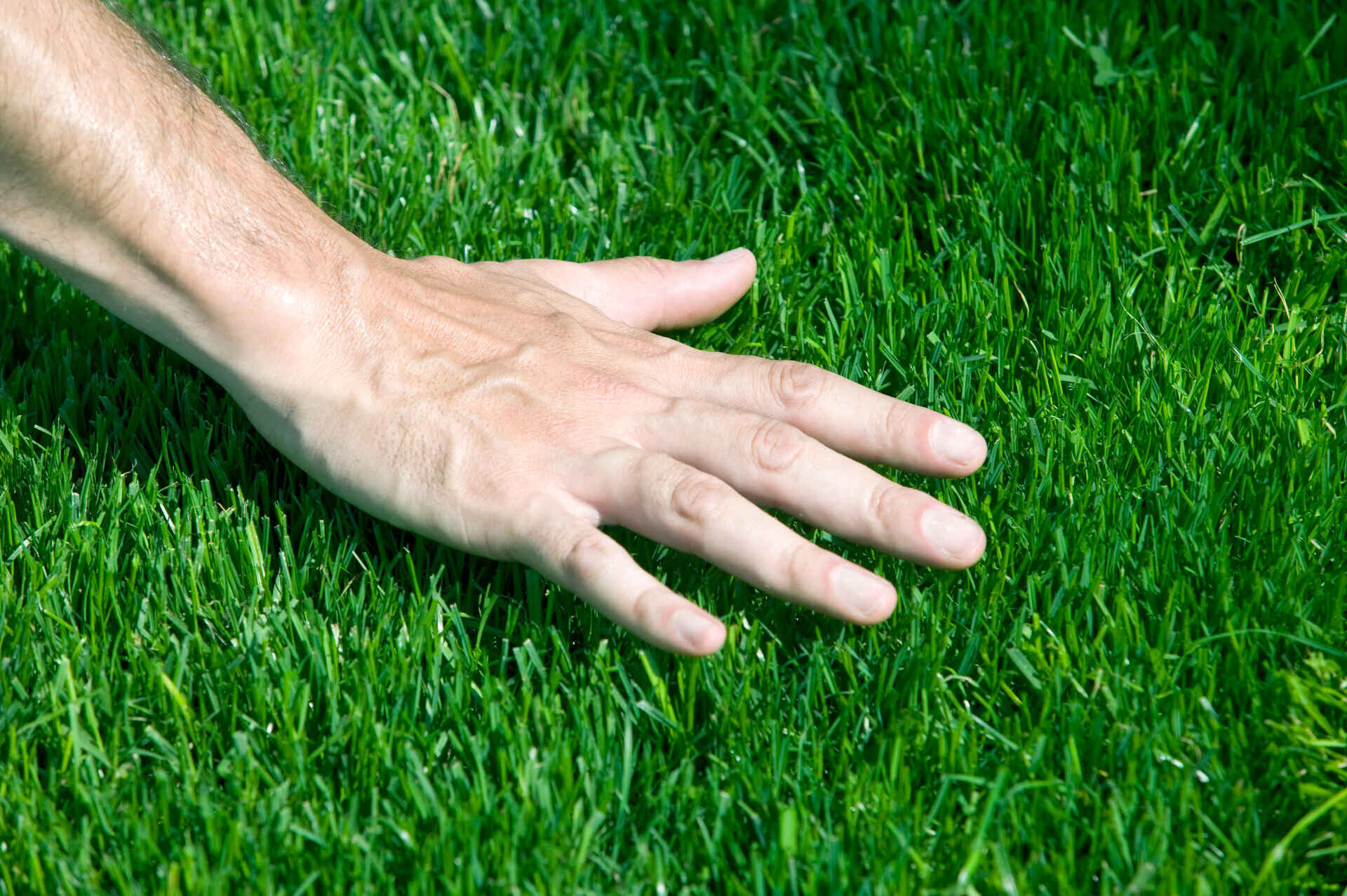
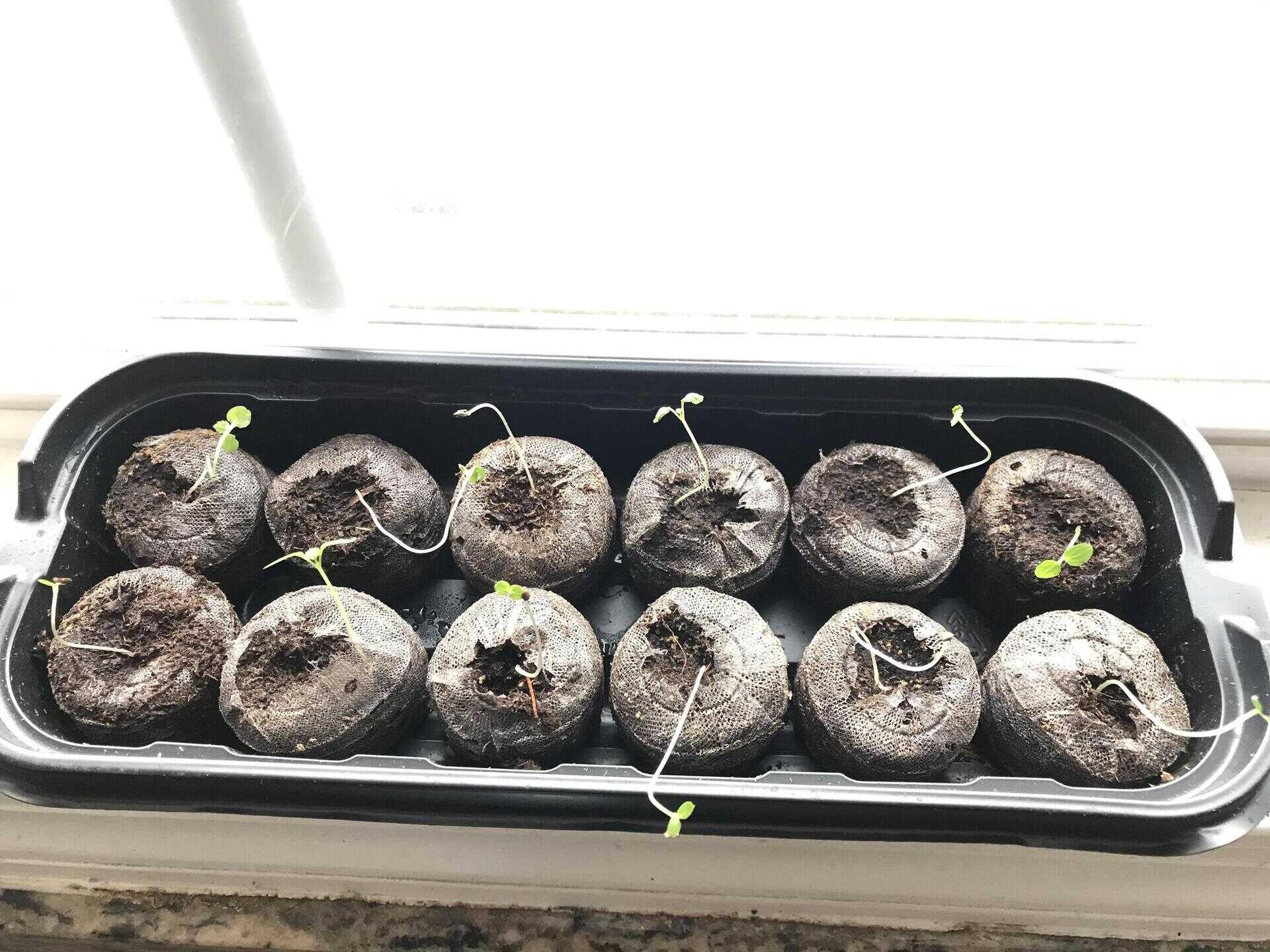
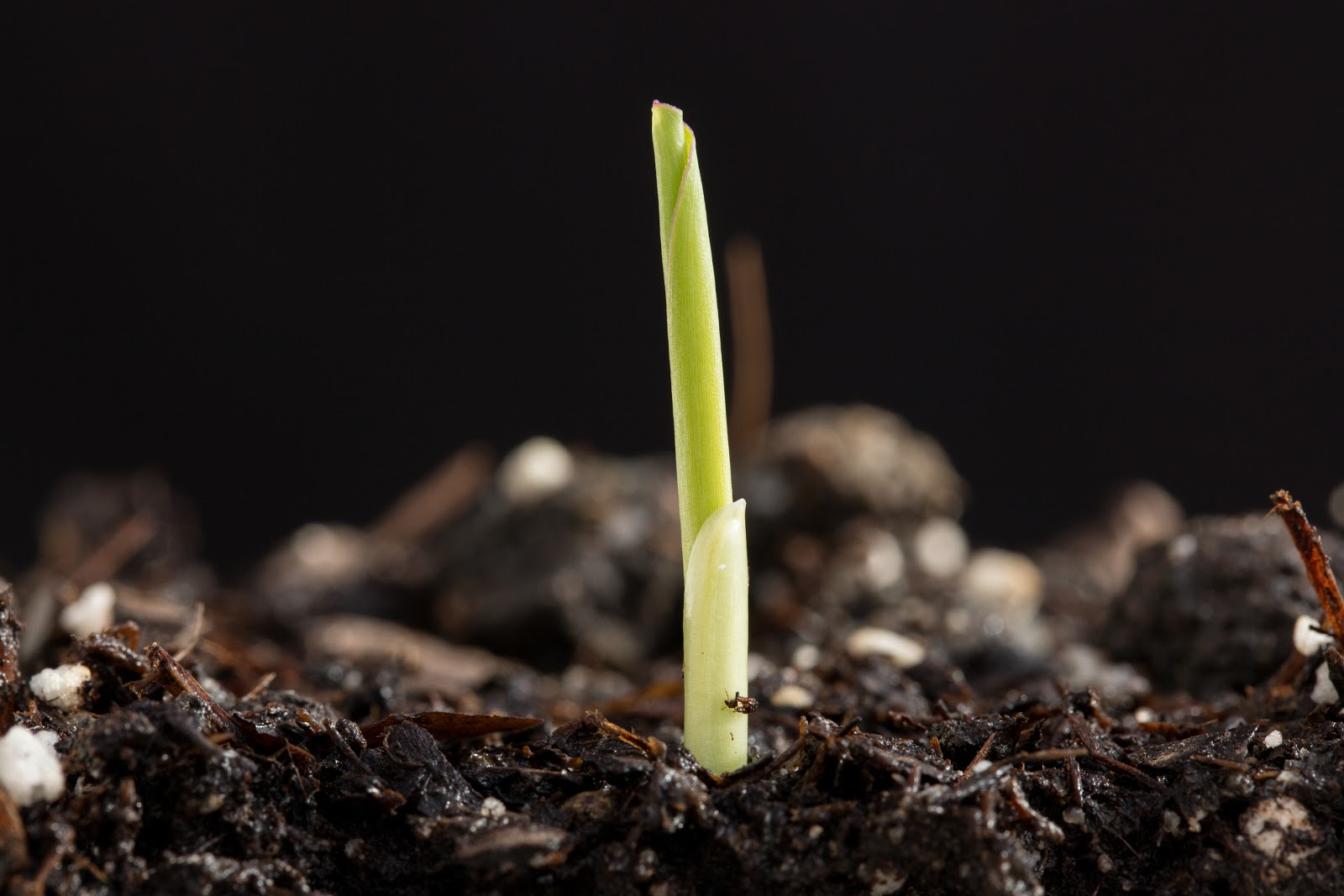
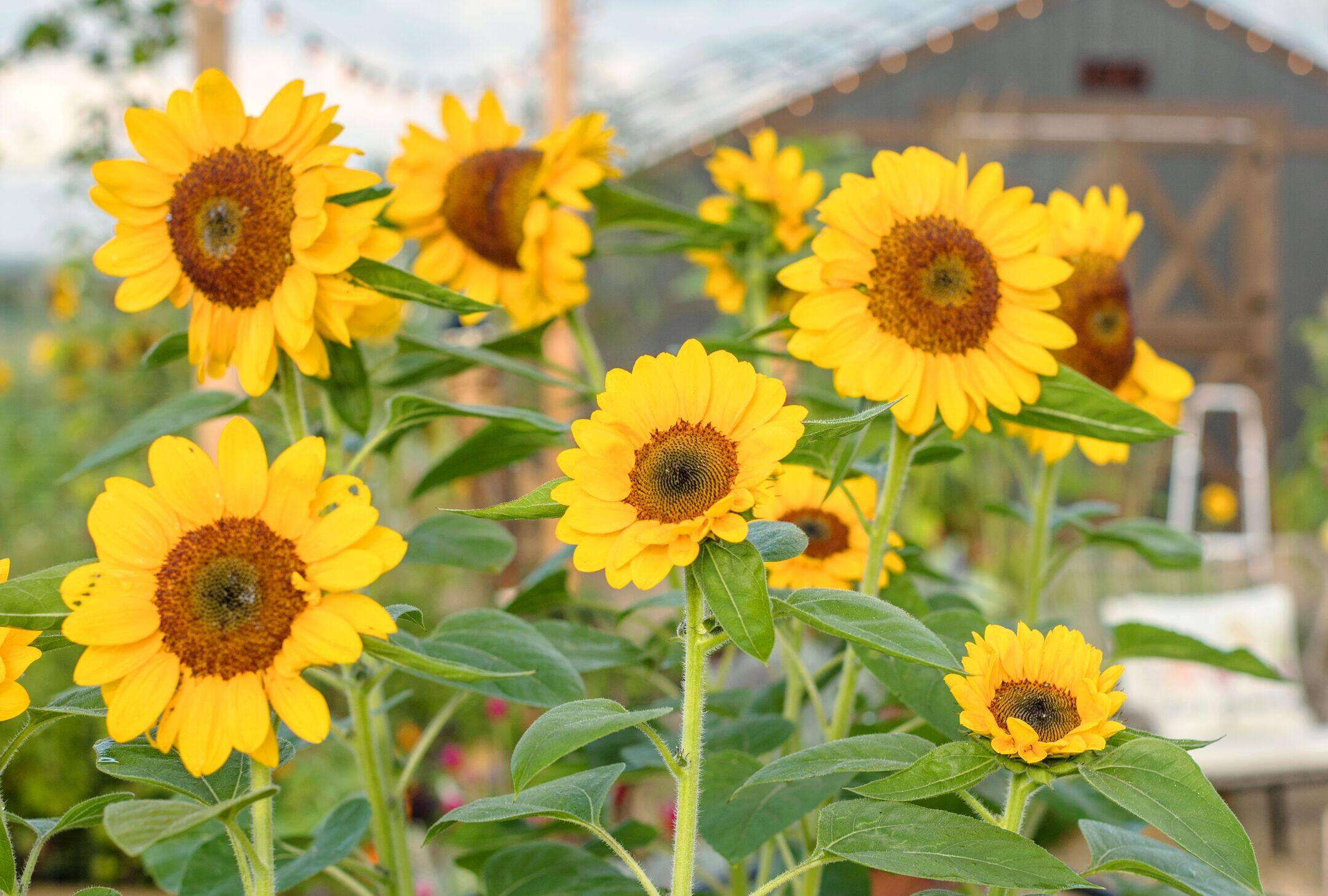

0 thoughts on “How Long Does It Take For Wildflower Seeds To Grow”